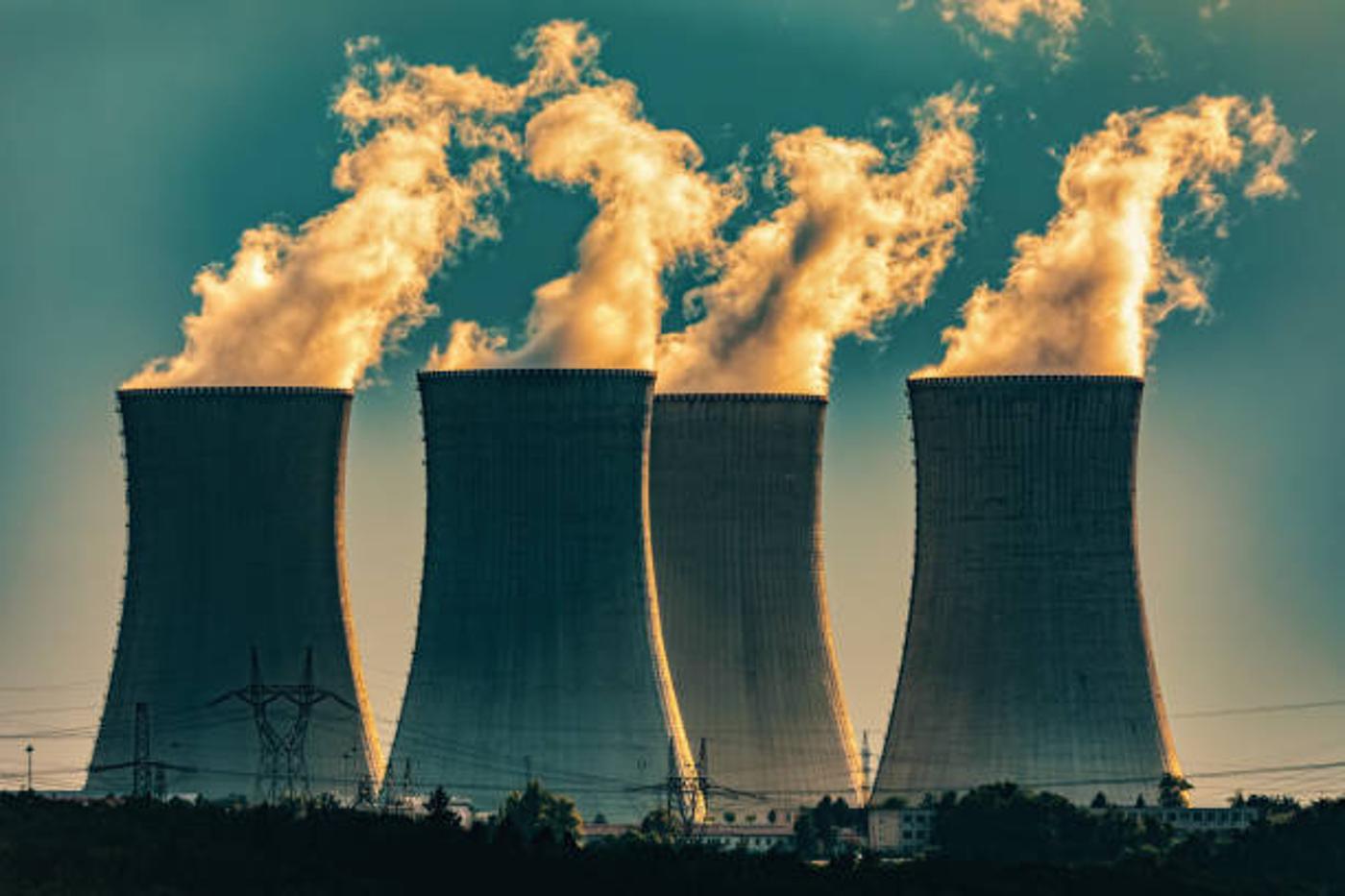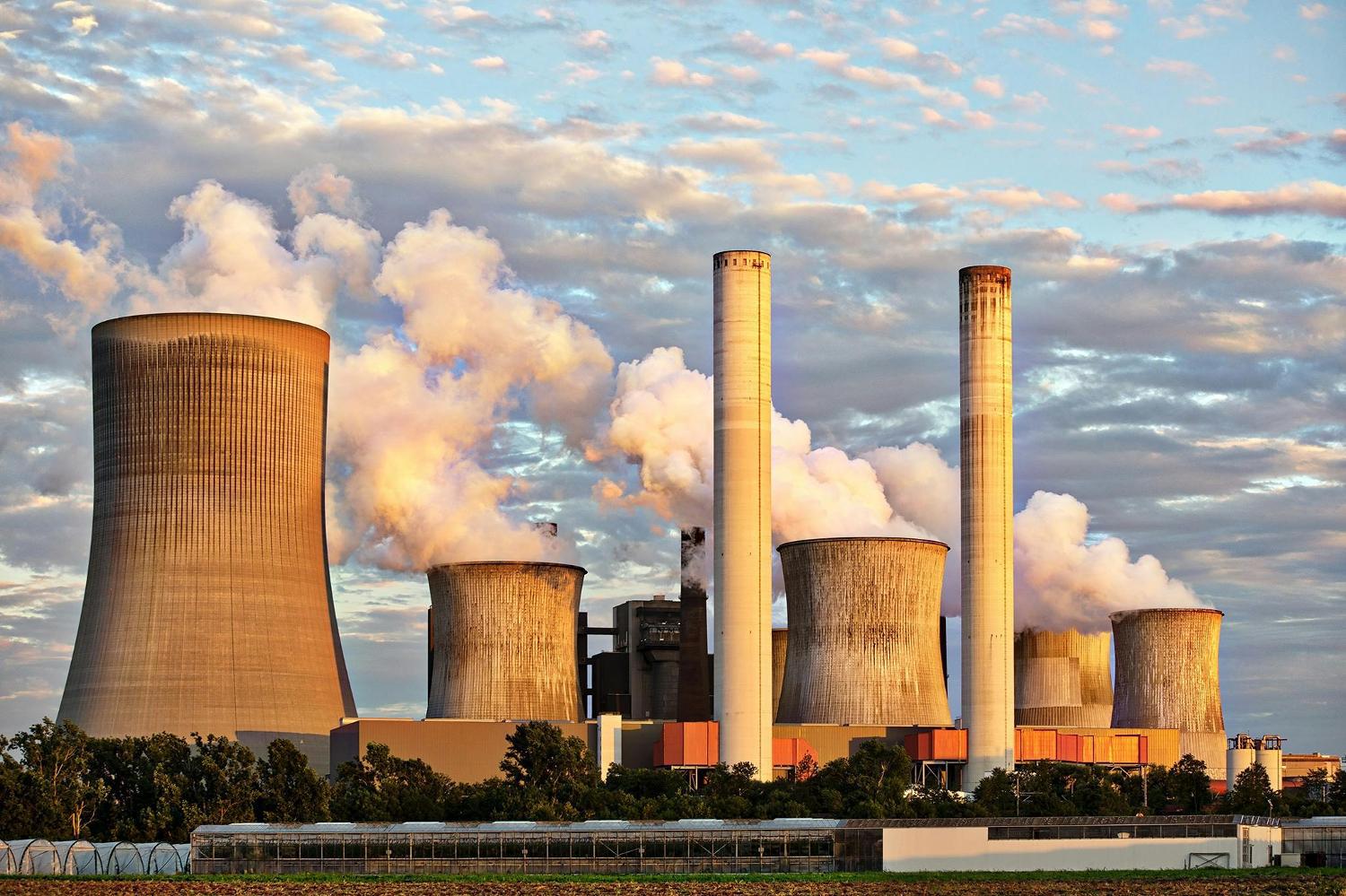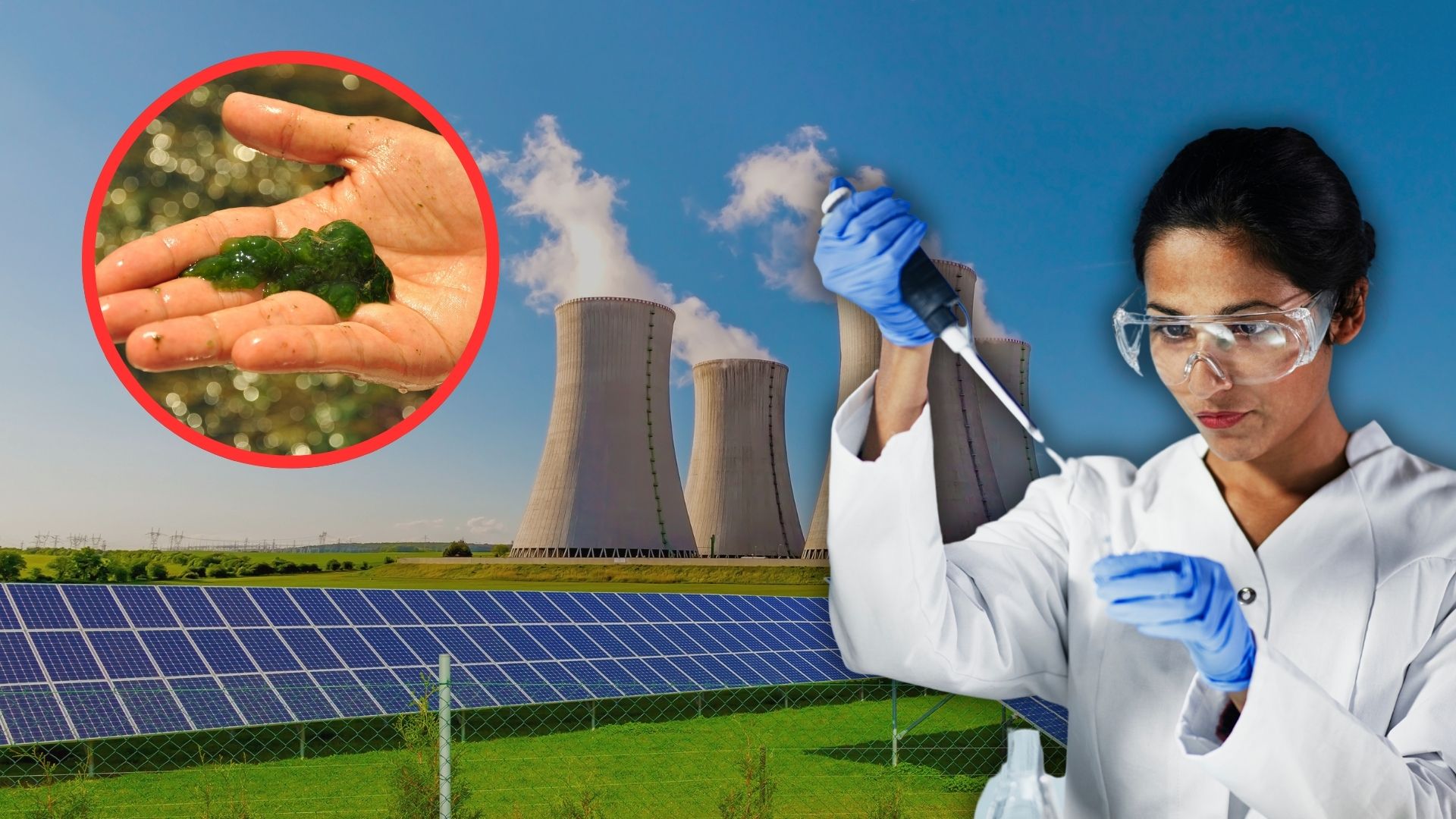As climate change threatens to send the Earth into a state of global boiling, finding clean power sources has been a goal of scientists for decades. Some are exploring ways to create fusion power, which is the most environmentally friendly source of energy, while others are investigating carbon-neutral power solutions.
Now, scientists may have taken things a step further by developing a clean power source with negative carbon emissions.
A New Source of Clean Power

According to a new research paper published in the journal “Energies,” researchers have created renewable power using a naturally occurring resource in our oceans: algae.
During photosynthesis, algae produce electrons. Some of these electrons exit the cell and provide electric current to power devices.
Hijacking Photosynthesis

The researchers write that they were able to hijack photosynthesis—the natural process that plants use to turn carbon dioxide into food—and extract energy from the algae.
They suspend the algae in a two-millimeter solution within an anode and a cathode chamber. Separating the algae is a honeycomb-shaped proton exchange membrane.
A Carbon-Negative Process

The best part of this practice is that this new technology is completely carbon-negative, or climate-positive.
Carbon-negative technology captures more CO2 from the atmosphere than it emits. Achieving negative carbon emissions positively impacts the environment and climate.
The Max Amount of Power Algae Can Produce

Researchers have discovered the maximum possible terminal voltage from their experiments with the new climate-positive algae-based technology. A single micro photosynthetic power cell can provide 1.0 V.
To put this voltage into perspective, 1.0 V is the same amount of power provided by an AA battery. Therefore, these photosynthetic power cells can just barely provide enough power to switch channels on your TV with a remote controller.
Improving the Power Output

While this doesn’t seem like a lot of power now, researchers are taking the necessary steps to scale up this carbon-negative power source to become a contender in clean energy for cities in the upcoming years.
This could be a significant win in the fight against climate change, as residents could take advantage of the power source, potentially lowering their bills while significantly reducing carbon emissions.
Improving Your Electricity Usage

According to the US Energy Information Administration, the average annual amount of electricity purchased by US residential electric-utility customers in 2022 was 10,781 kilowatt-hours (kWh), with an average of about 899 kWh per month.
In 2023, the US generated about 4,178 billion kWh of electricity, with fossil fuels (coal, natural gas, petroleum, and other gases) contributing 60% of this energy.
More Countries Are Using Nuclear Power

The US has been taking steps to improve the carbon footprint it leaves behind as residents use electricity to work, entertain, or relax. Nuclear power currently makes up 20% of the energy being used.
Nuclear power plants have been generating this amount of energy in the US since the 1990s. Currently, there are 54 nuclear power plants in 28 states.
The US Has Some of the Cleanest Energy

Compared to the other 32 countries that have commercial nuclear power plants, only 15 of those countries use nuclear energy to supply at least 20% of their total annual electricity generation.
The US has the most nuclear electricity generation capacity and generates more nuclear electricity than any other country, according to the US Energy Information Administration.
The Impact of Carbon Neutral and Negative Energy

Nuclear power is celebrated in the US for supplying electricity to Americans because nuclear reactors do not produce air pollution or carbon dioxide while operating. While they are not carbon-negative, nuclear reactors are almost carbon-neutral.
Nuclear energy also avoids emitting air pollutants often associated with burning fossil fuels for energy.
The Limitations of Algae

While nuclear energy is clean, further research and development could make algae the cleanest energy option with a massive impact. Currently, there is a major hiccup in charging and power delivery.
Kadi Liis Saar of the Department of Chemistry explains in the paper (via the University of Cambridge), “For example, the charging unit needs sunlight for efficient charging, while the power delivery part doesn’t need light exposure but must effectively convert electrons to current with minimal losses.”
Clean Energies for a Clean Future

Moving away from fossil fuels and toward clean energy sources such as nuclear power and algae could help the US fight against the ongoing climate crisis.
Additionally, US residents won’t need to worry about extra disposal issues in the long run if clean energy becomes widely available, from their go-to batteries in remotes to the silicon chips in computers.








































